- How to Burn Onions for Greens
- Why Burn Onions for Greens is Important
- Choosing the Right Onions for Burning
- Preparing the Onions for Burning
- Gather the Ingredients and Tools
- Choose the Right Onions
- Prepare the Cutting Surface
- Cut the Onions
- Place the Onions on the Fireproof Surface
- Ignite the Onions
- Observe and Enjoy
- Dispose of Properly
- Important Note:
- Burning Onions: Step-by-Step Guide
- Step 1: Preparation
- Step 2: Preheat the Oven
- Step 3: Prepare the Onions
- Step 4: Arrange the Onions
- Step 5: Burn the Onions
- Step 6: Remove from the Oven
- Step 7: Cool and Store
- Step 8: Usage
- Tips for Growing Onions for Greens
- 1. Choose the Right Variety
- 2. Prepare the Soil
- 3. Planting
- 4. Watering
- 5. Fertilizing
- 6. Mulching
- 7. Harvesting
- 8. Pests and Diseases
- 9. Storing
- 10. Enjoy Your Harvest
- Selecting the Perfect Location for Growing Onions
- Sunlight Requirements
- Soil Conditions
- Air Circulation
- Protection from Extreme Weather Conditions
- Proximity to Water Source
- Space Availability
- Planting and Caring for Onion Greens
- Choosing the Right Onion Varieties
- Preparing the Soil
- Planting Onion Greens
- Watering and Fertilizing
- Harvesting Onion Greens
- Pests and Diseases
- Harvesting and Storing Onion Greens
- “Question-Answer”
- How do I burn onions to make onion greens?
- Can I grow onions for greens in my garden?
- What are the benefits of eating onion greens?
- How do I store onion greens?
- Can I use onion greens in cooking?
- Are there any substitutes for onion greens?
- What other dishes can I make with burn onions?
- “Video” Trimming Onions for Bigger Bulbs. A Myth?
In the world of culinary delights, onions are a staple ingredient that adds depth and flavor to any dish. But did you know that onions can also be grown for their greens? Yes, you heard it right! Growing onions for greens is a fantastic way to add a pop of freshness to your salads, soups, and stir-fries. In this article, we will explore the art of burning and growing onions for greens, so you can enjoy the best of both worlds.
Firstly, let’s talk about burning onions. Burning onions is a technique that involves exposing them to high heat, which caramelizes their natural sugars and transforms them into a rich, smoky flavor bomb. To achieve this, simply slice your onions thinly and sauté them in a hot pan with a drizzle of oil until they turn golden brown and slightly charred. The result is a deliciously sweet and savory topping that can be sprinkled over your favorite dishes for an added burst of flavor.
Now, let’s move on to growing onions for greens. Growing onions for greens is incredibly easy and rewarding. Simply take a small onion (preferably one with a sprouting top) and place it in a container filled with moist soil. Make sure to leave the top half of the onion exposed. Place the container in a sunny area and water it regularly. Within a few weeks, you will start to see green shoots emerging from the top of the onion. These shoots can be snipped and used as a flavorful garnish for salads, sandwiches, or omelets.
In conclusion, onions are not just for flavoring your dishes; they can also be grown for their greens. Burning onions can add a smoky and sweet twist to your meals, while growing onions for greens allows you to enjoy the freshness and crunch of homegrown produce. So, why not give it a try? Experiment with burning and growing onions for greens, and elevate your culinary creations to new heights.
How to Burn Onions for Greens
Burning onions is a technique that can be used to create delicious and flavorful onion greens. The process involves charring the outer layers of the onions, resulting in a smoky and slightly sweet flavor. Here is a step-by-step guide on how to burn onions for greens:
- Selecting the onions: Choose fresh and firm onions with green tops. Avoid onions that are soft or have moldy spots.
- Preparing the onions: Remove any loose or brown outer layers of the onions. Rinse them thoroughly under cold water to remove any dirt or debris.
- Charring the onions: Place the onions directly on a gas stove burner or grill over medium-high heat. Use tongs to turn the onions occasionally, allowing all sides to char evenly. The outer layers will blacken and smoke as they burn.
- Removing the charred layers: Once the onions are completely charred, remove them from the heat and let them cool for a few minutes. Use your fingers or a knife to peel away the blackened layers, revealing the tender green onion underneath.
- Preparing the burned onions: Rinse the burned onions under cold water to remove any remaining charred bits. Trim off the root ends and any undesirable parts of the greens.
- Serving the burned onions: Burned onions can be used in various dishes, such as salads, soups, stir-fries, or as a topping for grilled meats. They add a unique smoky flavor and a touch of caramelized sweetness.
Once you have mastered the art of burning onions for greens, you can experiment with different onion varieties to enhance the flavors in your favorite dishes. Enjoy the rich and satisfying taste that burned onions bring to your culinary creations.
Why Burn Onions for Greens is Important
Onions are an essential ingredient in many culinary dishes, known for their rich flavor and versatility. However, burning onions for greens is a lesser-known but important practice that can enhance the taste and nutritional value of the greens.
Nutritional Benefits:
Burning onions for greens helps to release and enhance their nutritional content. Onions are a rich source of various vitamins and minerals such as vitamin C, potassium, and folate. When onions are burned, their nutritional compounds become more concentrated, making the greens even more nutritious.
Rich Flavor:
Burning onions for greens also adds a distinct smoky flavor to the dish. The process of burning caramelizes the natural sugars in the onions, resulting in a deep, savory taste that can elevate the overall flavor profile of a dish. The smokiness can add depth and complexity, making the greens more delicious.
Texture:
Burning onions for greens can also change the texture of the dish. The burnt edges of the onions add a crispy and crunchy element, providing a contrast to the softer greens. This combination of textures can make the dish more interesting and enjoyable to eat.
Versatility:
Burned onions for greens can be used in a variety of dishes. They can be added to salads, soups, stir-fries, or used as a topping for pizza and sandwiches. The smoky flavor and rich texture can complement a wide range of flavors, making it a versatile ingredient in the kitchen.
Preservation:
Burning onions for greens can also be a way to preserve excess onions. If you have an abundance of onions that you won’t be able to consume before they go bad, burning them for greens can be a great way to extend their shelf life and prevent wastage.
Overall, burning onions for greens is important as it not only enhances the taste and nutritional value of the dish but also contributes to reducing food waste. So next time you have some onions on hand, consider burning them for greens and enjoy the flavorful and nutritious outcome.
Choosing the Right Onions for Burning
When it comes to burning onions to obtain onion greens for feathers, it is important to choose the right type of onions. Some varieties are better suited for this purpose than others. Here are a few factors to consider when selecting onions for burning:
Globe Onions: Globe onions, also known as bulb onions, are the most commonly used onions for burning. They have a mild flavor and are easy to grow, making them ideal for obtaining large quantities of onion greens.
Red Onions: Red onions can also be used for burning, but they tend to have a stronger flavor compared to globe onions. If you prefer a more intense onion taste in your greens, red onions are a good choice.
Green Onions: While green onions are typically used for their immature bulbs and green stems, they can also be burned to obtain onion greens. This is a great option if you have green onions that have been left to grow for too long and have become overly mature.
To ensure a successful burn, it is important to select onions that are firm and free from any signs of rot or damage. The size of the onions does not matter as much, as they will be burned down to obtain the greens.
Keep in mind that different onion varieties may have slightly different flavors, so feel free to experiment and find the ones that suit your taste preferences best.
| Onion Variety | Flavor | Availability |
|---|---|---|
| Globe Onions | Mild | Readily available |
| Red Onions | Strong | Widely available |
| Green Onions | Mild to medium | Readily available |
In conclusion, choosing the right onions for burning is an important step in obtaining onion greens for feathers. Globe onions are the most commonly used variety, but red onions and green onions can also be used based on personal preference. Remember to select firm and undamaged onions to ensure a successful burn.
Preparing the Onions for Burning
Before you can start burning the onions, you need to prepare them properly. Here’s how:
Gather the Ingredients and Tools
Make sure you have the following ingredients and tools ready:
- Onions (preferably large ones)
- Knife
- Cutting board
- Fireproof container or surface
- Lighter or matches
Choose the Right Onions
Look for large onions as they are easier to burn. The size of the onion will determine the size of the resulting flame. Small onions might not produce a noticeable flame, so it’s best to use larger ones for a more dramatic effect.
Prepare the Cutting Surface
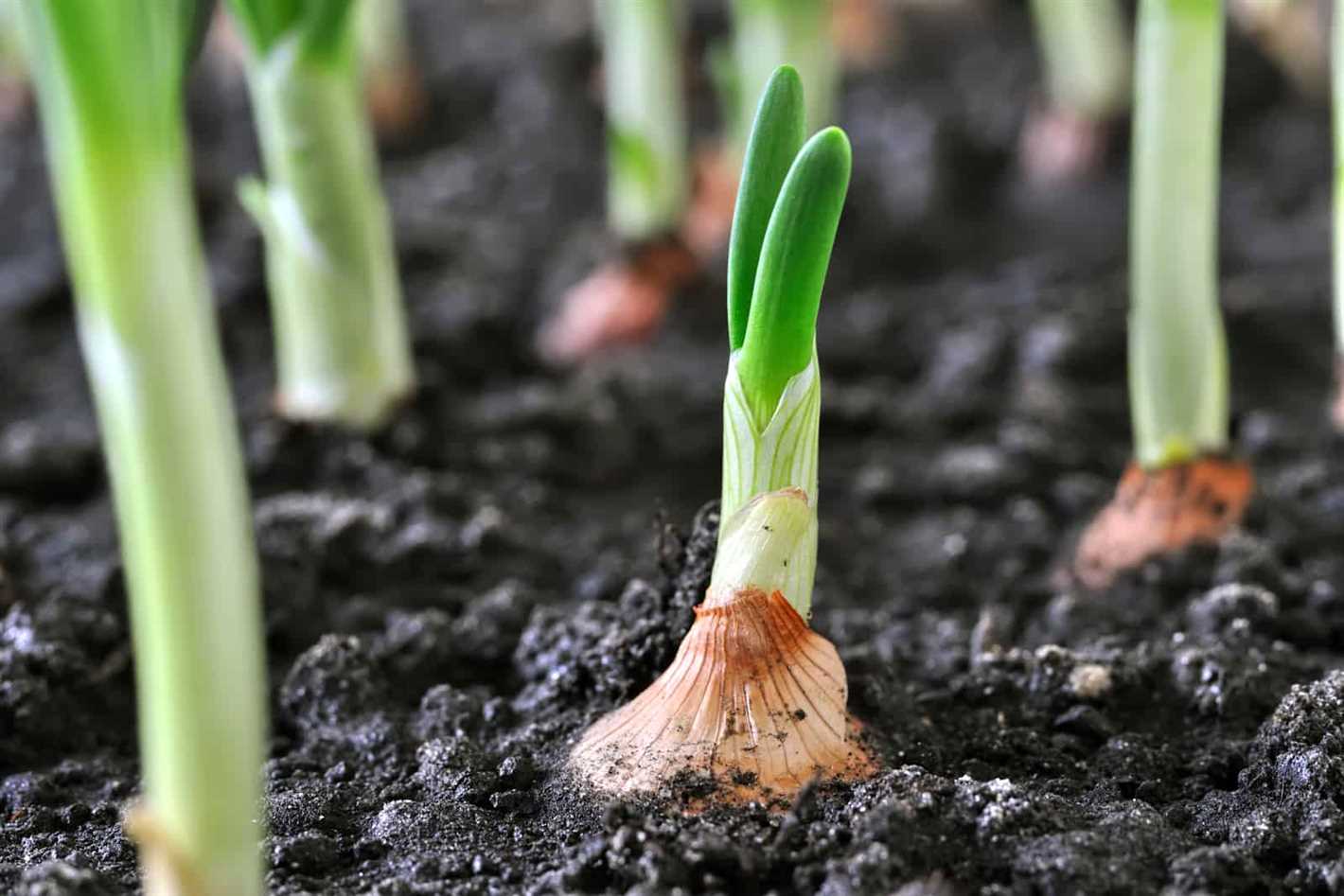
Place a cutting board or any fireproof surface in a well-ventilated area, away from flammable objects. This will ensure safety while burning the onions.
Cut the Onions
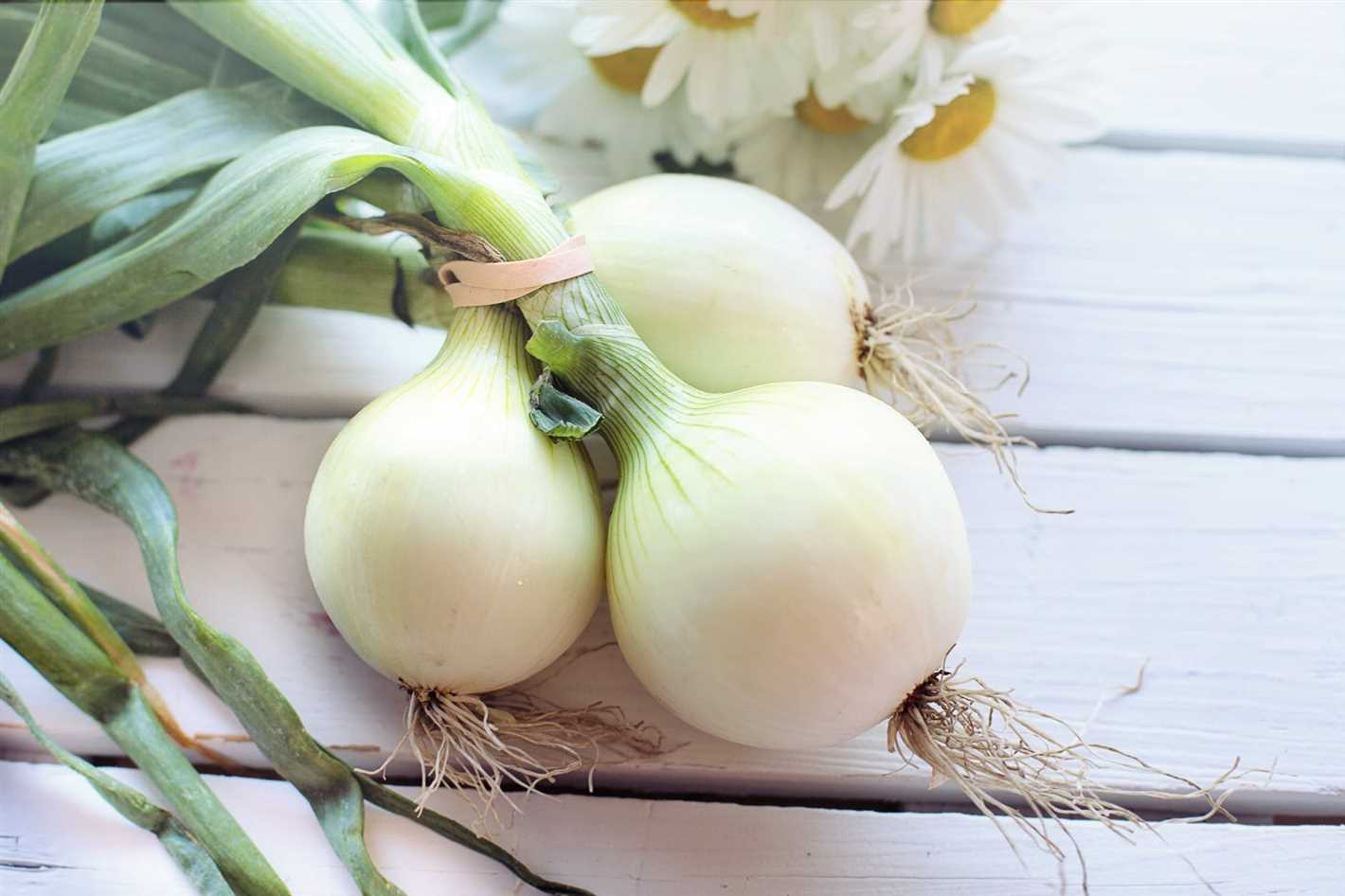
Using a knife, carefully cut off the top of each onion. This will expose the inner layers, which will catch fire when ignited. Make sure to cut a straight and even surface for a better burn.
Place the Onions on the Fireproof Surface
Arrange the cut onions on the fireproof surface, leaving some space between them. This will allow the flames to spread and provide a more visually appealing burn.
Ignite the Onions
Using a lighter or matches, carefully ignite the exposed inner layers of the onions. Be cautious and ensure that your hand, clothing, and surrounding objects are away from the fire.
Observe and Enjoy
Watch as the onions burn and the flames dance on top of them. This can be a mesmerizing sight, so take your time to enjoy the experience.
Dispose of Properly
Once the onions have burnt out completely and the flames have subsided, let the ashes cool down. Dispose of the ashes in a safe and proper manner, following any local regulations or guidelines for fire disposal.
Important Note:
Burning onions can be a fun and visually appealing activity, but it should be done with caution and in a safe environment. Always take necessary precautions to prevent accidents and ensure the safety of yourself and those around you.
Burning Onions: Step-by-Step Guide
Step 1: Preparation
Before you begin burning onions, gather all the necessary materials. This includes:
- Onions
- Cutting board
- Knife
- Baking sheet
- Oven
Step 2: Preheat the Oven

Preheat your oven to 400°F (200°C) to ensure it is hot enough to properly burn the onions.
Step 3: Prepare the Onions
Peel the onions and cut them into thin slices. The thinner the slices, the quicker they will burn in the oven.
Step 4: Arrange the Onions
Place the onion slices on a baking sheet lined with parchment paper or aluminum foil. Spread them out in a single layer to ensure even burning.
Step 5: Burn the Onions
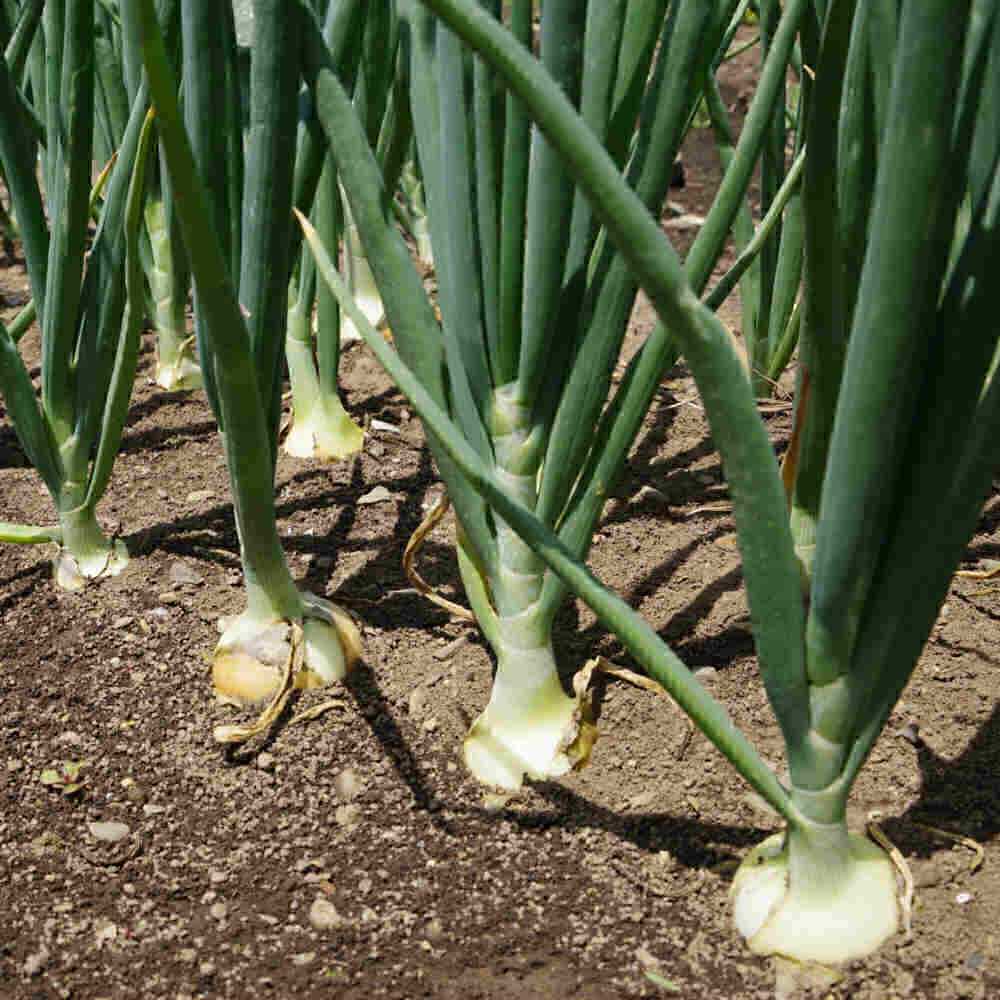
Place the baking sheet with the onions in the preheated oven. Keep a close eye on them as they burn quickly. The goal is to achieve a dark char, but not completely blackened onions.
Step 6: Remove from the Oven
Once the onions have reached the desired level of burn, carefully remove the baking sheet from the oven using oven mitts or kitchen tongs.
Step 7: Cool and Store
Allow the burned onions to cool completely before storing them in an airtight container. They can be kept in the pantry for several weeks.
Step 8: Usage
Burned onions can be used as a flavorful addition to various dishes. They can be sprinkled on salads, soups, stews, or used as a topping for burgers and sandwiches.
Remember, the burned onions will have a smoky and intense flavor, so use them sparingly to avoid overpowering the dish.
Tips for Growing Onions for Greens
1. Choose the Right Variety
When growing onions for greens, it is important to choose a variety that is specifically bred for this purpose. Look for varieties that are labeled as “green onions,” “scallions,” or “bunching onions.” These varieties are typically smaller and faster-growing, making them perfect for harvesting their tender green leaves.
2. Prepare the Soil
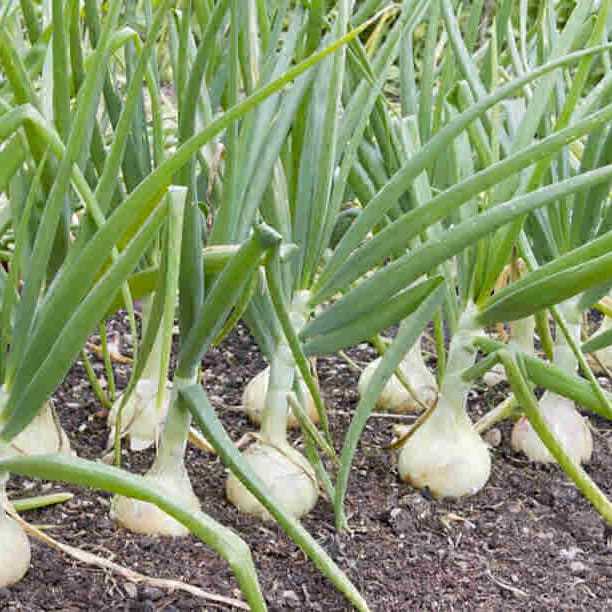
Onions prefer well-drained soil that is rich in organic matter. Before planting, prepare the soil by removing any weeds or rocks and loosening it with a garden fork. Consider adding compost or well-rotted manure to enhance the soil’s fertility.
3. Planting
Plant onion sets or transplants about 1 inch deep and 4-6 inches apart in rows that are 12-18 inches apart. Make sure to leave enough space between the plants for them to grow and form bunches. If planting from seeds, sow them thinly in rows and thin out the seedlings as they grow.
4. Watering
Onions need consistent moisture to grow well. Water the plants regularly, especially during dry spells. Aim to keep the soil evenly moist, but avoid overwatering, as soggy soil can lead to rotting roots.
5. Fertilizing
Feed your onion plants with a balanced fertilizer when planting and again about a month later. This will provide them with the necessary nutrients for healthy growth. Avoid using excessive nitrogen fertilizer, as it can promote leaf production at the expense of bulb development.
6. Mulching
To help conserve moisture, suppress weed growth, and regulate soil temperature, apply a layer of organic mulch around the base of the onion plants. Straw, chopped leaves, or grass clippings can all be used as mulch.
7. Harvesting
You can start harvesting onion greens when they reach a height of about 6 inches. Use a pair of scissors to cut the greens about 1 inch above the soil line. As you harvest, the onions will continue to grow and produce new leaves, allowing for multiple harvests throughout the growing season.
8. Pests and Diseases
Monitor your onion plants regularly for signs of pests and diseases. Aphids, onion maggots, and thrips are common pests that can affect onions. Proper sanitation, crop rotation, and the use of organic pest control methods can help prevent and manage these issues.
9. Storing
If you have harvested more onion greens than you can use immediately, store them in the refrigerator. Place them in a plastic bag with a damp paper towel to keep them fresh for up to a week.
10. Enjoy Your Harvest
Once you have harvested your onion greens, enjoy using them in salads, stir-fries, soups, and other dishes. Their mild onion flavor adds a fresh and vibrant touch to any meal.
Selecting the Perfect Location for Growing Onions
Growing onions requires careful consideration of the location where they will be planted. The success of your onion crop depends on various factors related to the environment and sunlight exposure. Here are some key points to consider when selecting the perfect location for growing onions:
Sunlight Requirements
Onions thrive in full sun, so choose a location that receives at least 6-8 hours of direct sunlight per day. Make sure the chosen spot is not shaded by trees, buildings, or other structures that can block sunlight.
Soil Conditions
Good soil conditions are crucial for the successful growth of onions. The soil should be well-draining, loose, and fertile. Onions prefer slightly acidic soil with a pH level between 6.0 and 7.0. Conduct a soil test to determine the pH level and nutrient content of the soil in the chosen location.
Air Circulation
Adequate air circulation is essential to prevent the development of diseases and fungal infections in onion plants. Choose a location where there is good air movement to avoid stagnant air and moisture buildup. This can help reduce the risk of diseases such as onion downy mildew and onion white rot.
Protection from Extreme Weather Conditions
Onions are sensitive to extreme weather conditions, especially frost. Avoid planting onions in low-lying areas prone to frost or areas that are exposed to strong winds. If frost or strong winds are common in your area, consider planting onions in raised beds or using protective covers to shield them from harsh weather conditions.
Proximity to Water Source
Ensure that the chosen location for growing onions is close to a water source. Onions require consistent and adequate watering throughout their growing season. Having a water source nearby will make it easier to provide water when needed, especially during dry periods.
Space Availability
Consider the space available in the chosen location. Onions need ample space for their roots to spread and grow. They should be planted at least 4-6 inches apart in rows spaced 12-18 inches apart. Ensure that there is enough space to accommodate your desired number of onion plants.
By carefully considering these factors, you can select the perfect location for growing onions and set yourself up for a successful onion crop.
Planting and Caring for Onion Greens
Growing onion greens is a simple and rewarding gardening project. Whether you want to add a fresh and flavorful touch to your dishes or use the greens as feather treats for your poultry, onions greens are an excellent addition to any garden. Here are some tips on how to plant and care for onion greens.
Choosing the Right Onion Varieties
When planting onion greens, it’s important to choose the right variety. Some onion varieties are specifically bred for their green tops, while others are grown for their bulbs. Look for varieties like scallions, green onions, or bunching onions that are known for their abundant and flavorful greens.
Preparing the Soil
Onion greens thrive in well-draining soil that is rich in organic matter. Before planting, prepare the soil by removing any weeds or debris. Loosen the soil with a garden fork or tiller, and amend it with compost or well-rotted manure to improve its fertility and texture.
Planting Onion Greens
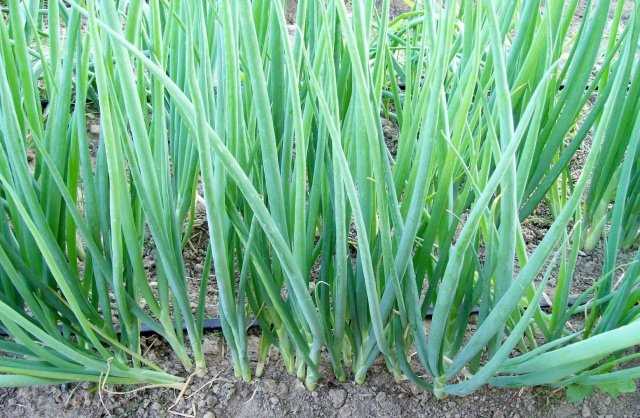
Onion greens can be planted from seeds or sets. If growing from seeds, sow them directly into the prepared soil, following the recommended seed spacing. Cover the seeds with a thin layer of soil and water gently. If using sets, plant them about 1-2 inches deep with the pointy side up.
Watering and Fertilizing
Onion greens require consistent moisture to grow well. Water the plants regularly, keeping the soil evenly moist but not waterlogged. If the weather is dry, you may need to water more frequently. Avoid overwatering or allowing the soil to become waterlogged, as this can lead to rot.
Fertilize the onion greens every few weeks with a balanced fertilizer, following the package instructions. This will provide the plants with essential nutrients and help them grow strong and healthy.
Harvesting Onion Greens
Onion greens can be harvested when they reach the desired height, usually around 6-8 inches tall. Use a pair of sharp scissors or gardening shears to cut the greens just above the soil line. Leave the roots intact to allow for regrowth.
Pests and Diseases
Onion greens are generally resistant to pests and diseases. However, they can be susceptible to onion maggots, thrips, or fungal diseases in certain conditions. To prevent infestations or diseases, practice good garden hygiene, keep the plants well-spaced, and monitor them regularly for any signs of trouble.
| Choose the right onion variety | Prepare the soil | Plant onion greens |
|---|---|---|
| Look for varieties like scallions, green onions, or bunching onions | Remove weeds and debris, loosen the soil, and amend it with compost | Sow seeds directly or plant sets about 1-2 inches deep |
| Water and fertilize regularly | Harvest onion greens | Prevent pests and diseases |
| Keep the soil evenly moist, fertilize every few weeks | Cut the greens just above the soil line when they reach the desired height | Practice good garden hygiene and monitor the plants regularly |
Harvesting and Storing Onion Greens
Harvesting onion greens is a simple process that can be done as needed. Here are the steps to follow:
- Choose the right time: Onion greens can be harvested at any stage of growth, but they are most commonly harvested when they are young and tender.
- Cut the greens: Using a sharp pair of scissors or a knife, cut the greens about 1 inch above the soil line. Be careful not to damage the bulb or roots.
- Harvest selectively: If you want to ensure a continuous supply of onion greens, harvest them selectively by cutting only a few leaves from each plant at a time. This allows the remaining leaves to continue growing.
- Wash the greens: Rinse the harvested greens thoroughly under cold water to remove any dirt or debris.
Once you have harvested your onion greens, you can store them to keep them fresh for longer.
Here are some storage options to consider:
- Refrigeration: Place the washed greens in a sealed plastic bag or container and store them in the refrigerator. They should stay fresh for up to a week.
- Freezing: If you have a surplus of onion greens, you can freeze them for later use. Blanch the greens in boiling water for a minute, then transfer them to an ice bath to stop the cooking process. Pat them dry and store them in a freezer-safe bag or container.
- Drying: Onion greens can also be dried for long-term storage. Hang the washed greens upside down in a well-ventilated area until they are completely dried and crispy. Store them in an airtight container.
When using the stored onion greens, it’s important to note that their flavor may diminish over time. Therefore, it is best to use them within a few months for the best taste.
“Question-Answer”
How do I burn onions to make onion greens?
To burn onions and make onion greens, you need to start by cutting the onion bulb in half. Then, place the cut side down on a hot grill or skillet and let it cook until the outer layers become charred and the inner layers become tender. When the onion is cool enough to handle, remove the charred outer layers and chop the remaining onion greens to use as a garnish or ingredient in your dishes.
Can I grow onions for greens in my garden?
Yes, you can easily grow onions for greens in your garden. Start by planting onion sets or small onion bulbs in well-drained soil or a raised bed with good compost. Make sure to give them enough sunlight and water regularly. When the plants are about 6-8 inches tall, you can start harvesting the green tops by cutting them about 1-2 inches above the soil line. This will allow the onions to continue growing and produce more greens.
What are the benefits of eating onion greens?
Eating onion greens can provide several health benefits. They are rich in vitamins A, C, and K, as well as folate and fiber. These nutrients can help boost your immune system, improve digestion, and support heart health. Onion greens also contain antioxidants and anti-inflammatory compounds that may have anticancer properties.
How do I store onion greens?
To store onion greens, first remove any wilted or damaged leaves. Then, rinse them under cold water and shake off the excess moisture. Wrap the greens loosely in a damp paper towel and place them in a plastic bag. Seal the bag and store it in the refrigerator. Onion greens can last for up to a week when stored properly.
Can I use onion greens in cooking?
Yes, onion greens can be used in various dishes and recipes to add flavor and nutrition. They have a milder and sweeter taste compared to the onion bulb, making them great for salads, soups, stir-fries, and omelettes. You can chop them finely and sprinkle them on top of your dishes as a garnish or sauté them with other vegetables for a tasty side dish.
Are there any substitutes for onion greens?
If you don’t have onion greens, you can use other ingredients as substitutes. Chives, scallions, or leeks can provide a similar mild onion flavor. You can also use garlic greens or shallot greens, although they may have a stronger taste. Alternatively, you can use herbs like parsley, cilantro, or basil to add freshness and aroma to your dishes.
What other dishes can I make with burn onions?
Burnt onions can be used in various dishes to add depth and smoky flavor. You can chop them and use them in salsas, sauces, or dips like guacamole or hummus. Burnt onions can also be added to roasted vegetables, sandwiches, or burgers for an extra savory touch. Additionally, you can puree them with herbs and spices to make a flavorful onion paste or spread.







